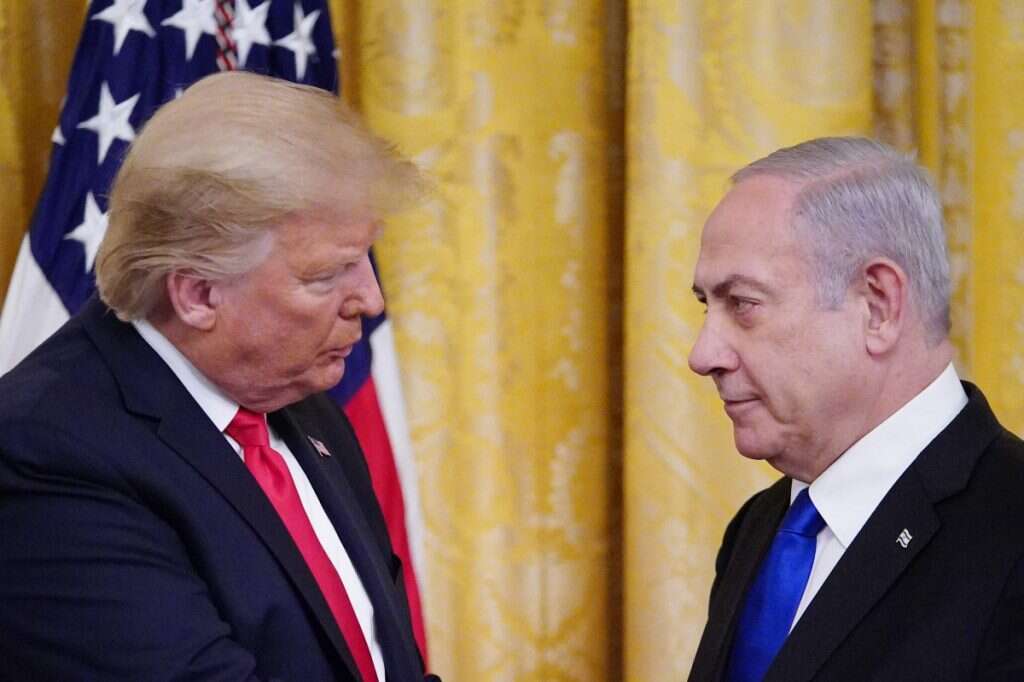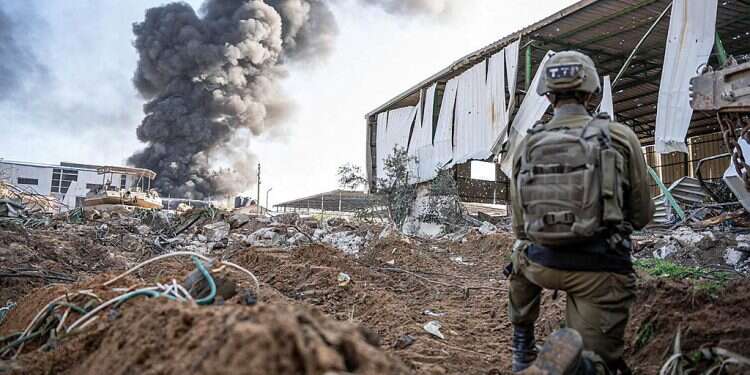The return of the hostages to their families after 15 months in Hamas captivity would unite and move the Israeli people like nothing else. This represents the triumph of the Israeli spirit and human dignity over Hamas killers, who sanctified death over life and were willing not only to murder 1,200 Israelis but also sacrifice their own people on the altar of their dream to destroy Israel.
The release of the hostages is expected to bring the war in Gaza to an end. History books will tell how this war, which Yahya Sinwar started at Iran's behest, ends with the axis of evil led by Tehran at a historic low point after the blows Hamas and Hezbollah suffered at Israel's hands. Ironically, the war meant to prevent a peace agreement between Israel and Saudi Arabia is ending with that agreement closer than ever.
After all this, it's important to acknowledge that despite promises of "total victory," Hezbollah and Hamas survived the war, albeit severely wounded, and there are concerns they will work to rebuild their strength and once again threaten Israel. This represents a failure of Israel's political and military leadership who, after failing on Oct. 7, 2023, failed again in managing the campaign by missing the opportunity to defeat the enemy during the long months of fighting.
President-elect Donald Trump was the driving force behind achieving the deal, after promising all relevant parties – including, it turns out, Israel – hell if this deal wasn't reached. Trump isn't resting on his laurels and already has his sights set on achieving a peace agreement between Israel and Saudi Arabia as a first step toward creating a new Middle East.
However, the path from ending the Gaza war to peace in the Middle East is full of obstacles and intermediate stations that Trump prefers to ignore – what will happen in Gaza and Lebanon after the war and what will become of Iran's nuclear project. In our region, such obstacles aren't overcome through enticements or promises of economic prosperity, but through threats of force. Trump should know this after failing in his attempt to advance the "Deal of the Century" for resolving the Israeli-Palestinian conflict in the previous decade.

Trump may look and sound threatening, but in our region, people know how to read between the lines, and his message, along with those of Vice President-elect JD Vance and incoming Defense Secretary Pete Hegeth, seems clear. All of them embrace Israel warmly while simultaneously sending a clear message that the US should not get entangled in Middle East wars. In other words – the Trump administration has no desire or interest to take military action, not in Syria, not in Yemen, and apparently not in Iran either.
What Hezbollah understood in Lebanon, Hamas now understands in Gaza, and the Iranians will soon understand – Trump threatens but doesn't intend to act, instead focusing on agreements and arrangements, primarily an agreement with Iran regarding its nuclear project. Hence the obvious conclusion – keep your head down and wait for the storm to pass.
Hamas in Gaza won't violate the ceasefire agreement, but will only work to rebuild its military strength and restore control over the population. Meanwhile in Lebanon, Hezbollah is working to preserve its weapons stockpile – evidenced by the fact that the Lebanese army hasn't confiscated even a single missile, neither south nor north of the Litani.
The Gaza deal is an important card in the American house of cards aimed at creating a new Middle East, but it's doubtful this house of cards will withstand the first wind, particularly since it's clear to everyone that Washington has no intention of using force to advance its plans for the region's future.
Israel should prepare for the new situation, and especially learn from its failure to defeat Hamas and Hezbollah over the past 15 months, internalize the rules of the game the Americans are dictating, and find a way – combining military and diplomatic moves – to prevent the return of threats from Gaza and the Lebanon border.




